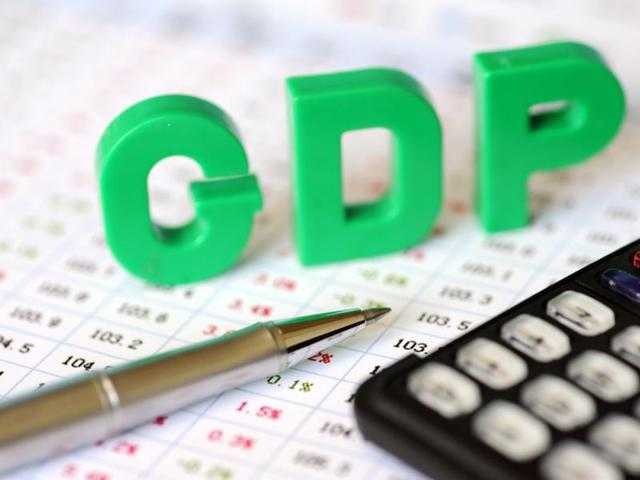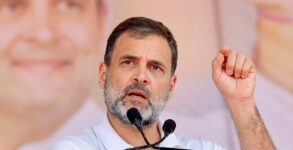India’s Gross Domestic Product (GDP) witnessed a sharp slowdown of 6.1% in Q4 from 7% in the previous quarter, said the data released by the government on Wednesday. Over the quarters of FY2017, GDP growth has spotted a downtrend from 7.9% in Q1 to 7.5% in Q2 to 7.0% in Q3 to 6.1% in Q4. Analysts had forecast a growth of 7.1 percent in the first quarter but a sharp decline could be due to the cash crunching decision of November 8.
Surprisingly, Manmohan Singh’s prediction on the note ban move and GDP growth did come true.
Earlier he said, “The GDP of the country will decline by about 2% by what has been done. And this is an underestimate and not an overestimate.”
While China witnessed a growth of 6.9% in January-March 2017 quarter, India is losing its status of the fastest growing major economy. The decline in growth clearly indicates that the economy is still struggling under the shock of demonetisation and its repercussions.
Chief Economist Shubhada Rao at Yes Bank, said “The lower-than-anticipated fourth quarter GDP number reflects the lingering impact of demonetisation. However, incremental data in April shows that growth impulse is improving and economic activity is picking up on the ground.”
In the fourth quarter, the agriculture, forestry, and fishing sectors grew at 5.2%; mining; manufacturing at 5.3 percent and quarrying at 6.4 %. Utility services including, electricity, water, gas supply at 6.1%. The note ban clearly affected the fourth quarter of manufacturing, trade hotels, transport and communication, declined to 6.5% in Q4 from 8.3% in Q3. Gross Value Added (GVA) growth of manufacturing also fell to 5.3% in Q4 from 8.2%t in Q3.
Read more: With calf slaughter, the Congress has accelerated its suicide mission
On the expenditure side, Private Consumption Final Expenditure ( a measure of household spending) was recorded at 58.7% of GDP during January-March 2017, a decline from 61.6% in the previous quarter. Gross Fixed Capital Formation ( a measure of investment activity) also fell to 25.5% of GDP from 27% in the previous quarter.
However, Chief Statistician of India TCA Anant, cautioned against the reading of demonetisation’s impact from the data released for Q4.
“Impact of policies such as demonetisation from GDP data can be termed as a post-hoc analysis,” Anant said. “Impact analysis of policy is a complex analysis in econometrics. It is not a simple before and after an argument,” added he.
As per the economists, Reserve Bank of India could reassess its monetary policy keeping in view the economic growth coming down below expectations.


















